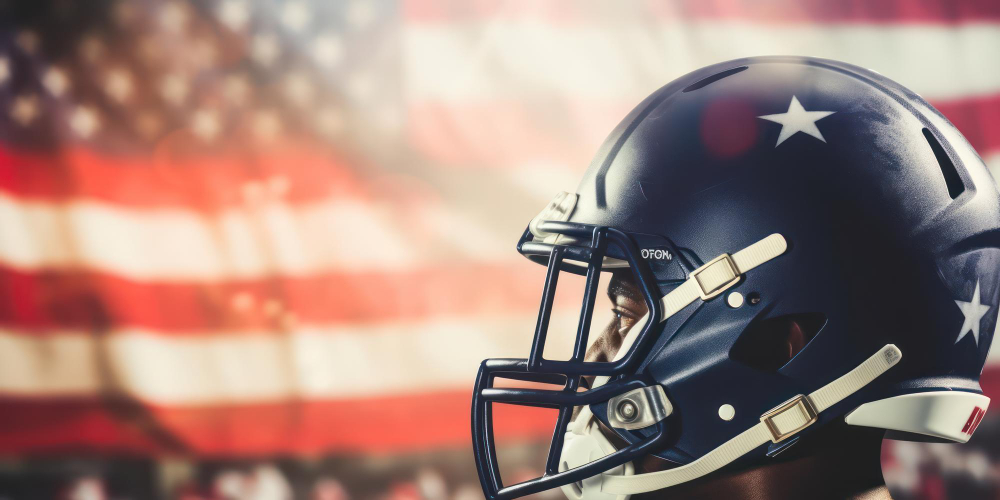On game day in America, the spotlight shines on the athletes – the quarterbacks, sluggers, and point guards who captivate millions. But behind every touchdown and buzzer-beater is an unseen workforce powering the fan experience: gig workers.
From stadium parking lots to online resale platforms and mobile apps, the gig economy quietly fuels the excitement of American sports. Whether it’s ticket runners, food couriers, or tailgate vendors, thousands of individuals are earning flexible income by tapping into the country’s obsession with their most cherished pastimes.
And with demand on the rise, these roles are playing an even bigger part in game-day culture than ever before.
The Rise of the Secondary Ticket Hustle
The resale market for event tickets continues to explode. Recent projections from Technavio indicate the global secondary ticket market is expected to grow by $132.1 billion from last year, up until 2028, with North America accounting for 44% of that expansion. It’s a clear signal: fans are willing to pay more for access, and gig workers are seizing the opportunity.
Many get involved as part-time ticket resellers, finding underpriced seats early and flipping them ahead of big games. Others work as runners, coordinating physical exchanges near stadiums or last-minute deliveries. Areas like Kansas City, Philadelphia, and Buffalo – where demand often spikes during playoff season – have become hotbeds for this kind of activity.
This is not a get-rich-quick scheme, but it can be a solid seasonal hustle for those who understand the market. It shares similarities with other flexible side gigs, like keeping an eye out for a casino bonus or tracking limited-edition drops, where timing, strategy, and quick action are the key fundamentals.
Tailgate Vendors
For many, the day starts long before kickoff. Tailgate culture is deeply ingrained in American sports; for some, it’s a business opportunity. Tailgate vendors, ranging from grill masters selling BBQ plates to local artisans offering team-themed crafts, set up shop near stadiums to tap into pre-game crowds. In college towns and mid-size cities, this informal economy plays a crucial role in the local sports scene.
These pop-up hustles aren’t usually captured in big data reports, but their impact is real. They’re low-barrier ways to earn extra income doing something social and community-focused. For many, it’s not just about the money – it’s about being part of the event.
Merch Flipping and the Fan Economy
With teams regularly releasing items such as limited-edition jerseys to retro caps, unique official gear will forever be prominent for a wide array of specific fan bases and casual sports fans in general. The demand tends to peak during winning seasons or major playoff runs, creating fertile ground for merch resellers who know how to find valuable items and flip them online.
Platforms like eBay, Poshmark, Depop and Facebook Marketplace make it easy to list and ship, while sneaker-style platforms like StockX have expanded into sports apparel. For example, a reseller might pick up a throwback NBA warmup jacket at a discount and resell it during the Finals for twice the price. It takes knowing the retailing landscape within this niche and the fans’ actions.
Delivery Drivers and Game-Time Orders
For fans watching from home, food delivery is part of the ritual. According to delivery platform data from 2024, services like Uber Eats and DoorDash report 30-40% higher order volumes in major metro areas during big games like the Super Bowl or NBA Finals.
Gig drivers can align their shifts to ride these waves, taking advantage of bonuses, surge pricing, and high tip potential.
This gig is especially popular with those seeking flexible hours – students, retirees, or full-time workers looking to supplement their income. And since it can be combined with other app-based opportunities, it adds another layer to the diverse world of the sports-related gig economy.
America’s Hidden MVPs
Sports culture in the U.S. isn’t just built inside stadiums – it’s supported by a vast, often low-key network of everyday hustlers. Whether it’s ticket runners coordinating last-minute handoffs, or food couriers gearing up to be on hand with their deliveries by halftime, gig workers have become an essential part of the game-day rhythm. They’re the ones flipping rare merch online, firing up grills in parking lots and providing a wider audience of fans with opportunities to attend fixtures.
These aren’t jobs that show up on the scoreboard or in highlight reels, but their impact is undeniable. This behind-the-scenes workforce helps bring energy, convenience, and authenticity to the sports experience. While much of this work slips under the radar of official employment data, it’s a growing part of the economic landscape – one that thrives on flexibility, creativity, and deep ties to local communities.
As America’s love for sports continues to evolve, so does the ecosystem that surrounds it. The gig economy may operate in the shadows of stadium lights, but for many fans and workers alike, it’s become just as much a part of game day as the opening whistle.

